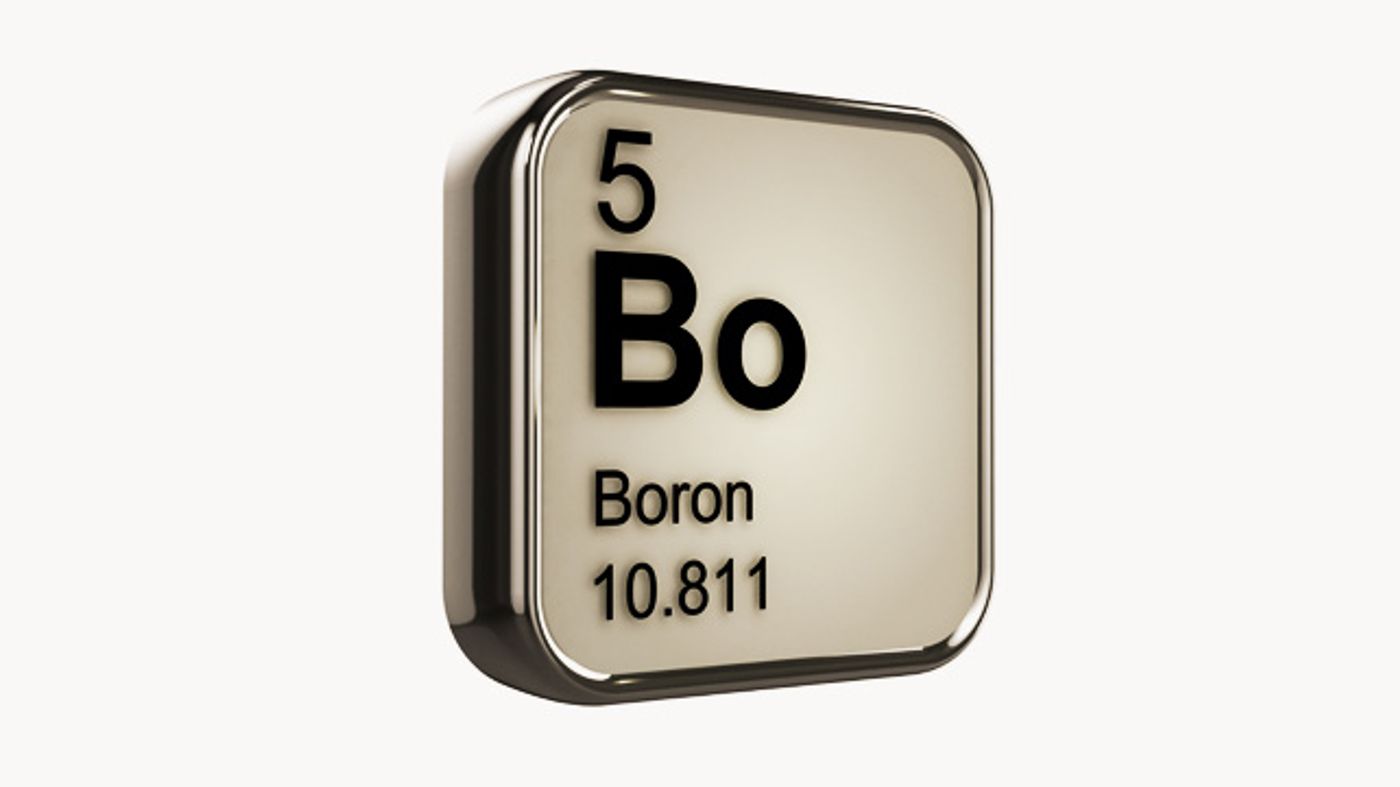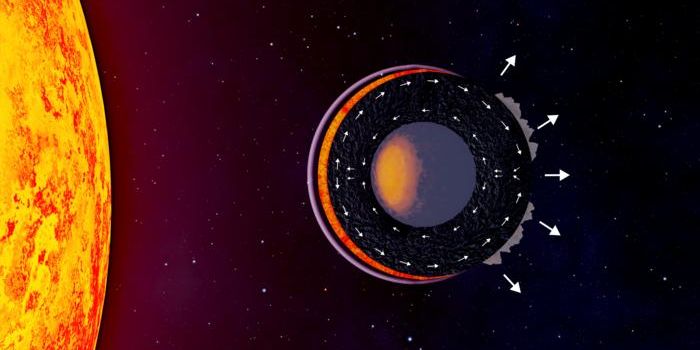Boron Has Been Detected on the Martian Surface for the First Time
The Curiosity Rover on Mars is always searching for interesting things that might help researchers answer the long-lasting question of whether or not the red planet ever supported life.
One of the things Curiosity is always looking for are traces of liquid water, and while there Is evidence that there was once flowing water on Mars, a more recent discovery might be even more exciting: the possibility that we’ve just discovered Boron on the planet for the first time.
Image Credit: Healthline
The Curiosity Rover’s built-in ChemCam instrument fires powerful lasers at rocks and then analyses the vaporized material that gets kicked up as a result. Its most recent probe into Mount Sharp, a notably region of the Gale Crater, as revealed a bevy of intriguing chemicals.
Boron was one of them, and this element is famously known to exist in places on Earth were water once stood, but does no longer after evaporating away. Similar conditions can be observed in person at the Death Valley in California.
This discovery suggests that sitting liquid water may have once existed at the bottom of this crater, billions of years ago, before evaporating away.
"No prior mission to Mars has found boron," said Patrick Gasda, a postdoctoral researcher at Los Alamos National Laboratory. "If the boron that we found in calcium sulfate mineral veins on Mars is similar to what we see on Earth, it would indicate that the groundwater of ancient Mars that formed these veins would have been 0-60 degrees Celsius [32-140 degrees Fahrenheit] and neutral-to-alkaline pH."
At this temperature range, microbial life would have been right at home, assuming they existed at one point on Mars.
On the other hand, scientists aren’t 100% sure the Boron was caused by water yet, because there are other possible scenarios. For example, the chemistry of the area’s clay deposits may have shifted, meaning that perhaps water didn’t actually exist in this particular location as expected.
"A sedimentary basin such as this is a chemical reactor. Elements get rearranged. New minerals form and old ones dissolve. Electrons get redistributed. On Earth, these reactions support life,” said John Grotzinger of Caltech.
"We are seeing chemical complexity indicating a long, interactive history with the water. The more complicated the chemistry is, the better it is for habitability. The boron and clay underline the mobility of elements and electrons, and that is good for life."
Although no evidence of microbes has yet been discovered, the existence of Boron on Mars is quite intriguing and further investigations into where it came from might yield some pleasant results.
Source: Science Daily, NASA









